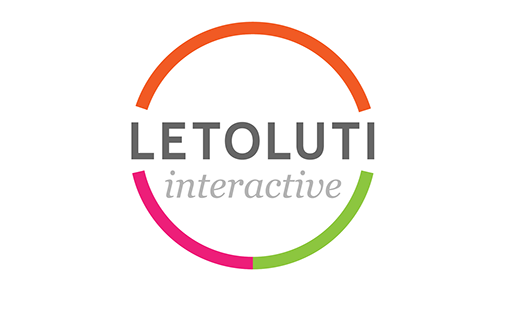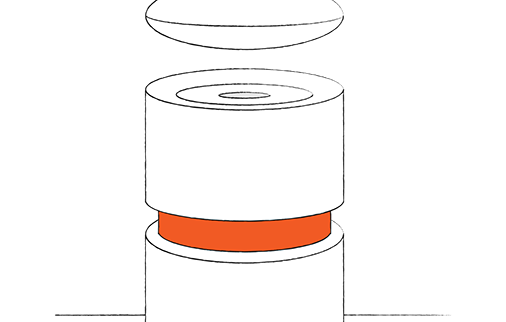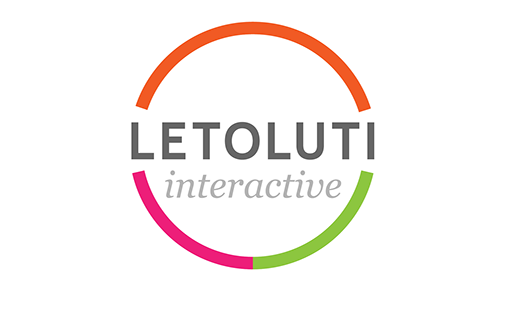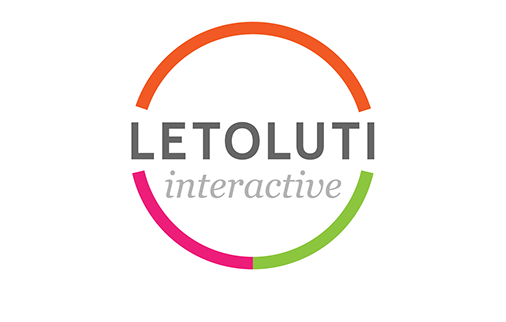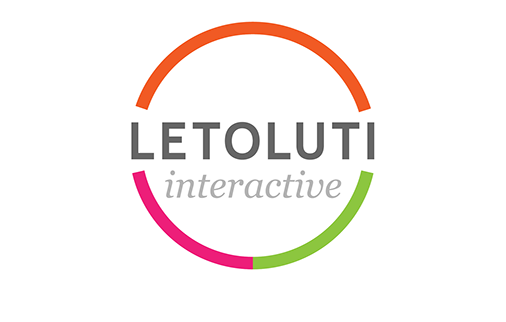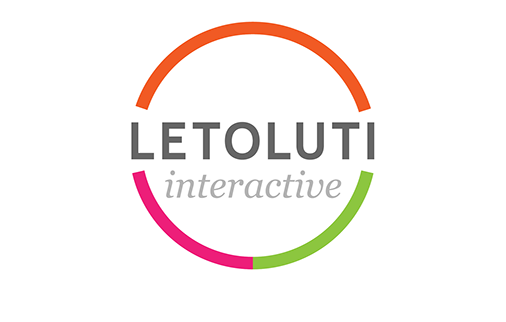WORK
A SELECTION OF PROJECTS & ASSIGNMENTS
RELEVANT TO MY DEVELOPMENT AS A DESIGNER
Essential Details
M11 / Research Semester / Indivdual
USER & SOCIETY, MATH, DATA & COMPUTING, TEAMWORK & COMMUNICATION
While the majority of my Bachelor projects focused on the interaction between a single user and an artefact I wanted my research to focus on the influence of designed resonance on two people and the perception on one another. To do so I designed a prototype through several iterations of making and exploring physical properties. This prototype has been used in an experiment where duo’s were ask to collaboratively perform a set of tasks. After the experiment I asked them to fill in a questionnaire about that experience. By comparing two different modes of the prototype I have researched how the designed details would have an influence on the assessment of the participants on their collaboration
This project marked the fresh start of my development as a Master student. With doing a research semester I started the quest of regaining my creative confidence. While I enjoyed writing a paper in order to present it at a student conference I much more liked to build the actual prototype and experiment with the interactions.
Ideating in Skills
M11 / Module / Collaborative
DESIGN & RESEARCH PROCESSES, TECHNOLOGY & REALISATION, CREATIVITY & AESTHETICS
The initiative to do this module came from a paper that Ambra Trotto gave me when she assessed my B1.1 (!) semester. The essence of the research focuses on converting one’s skill into a tool that conveyed this skill to others. Since my main goal of this semester was to start redefining myself as a designer I saw this as an opportunity to find out what kind of design approach would suit me. However, during the theoretical introduction it became clear that this theory and the subsequent framework were not the focus of the module. What followed was a very abstract and explorative process that caused a lot of uncertainty and need for self-directed learning.
A New Light on Dementia
B22 / Project / Individual
USER & SOCIETY, TECHNOLOGY & REALISATION
SELF-DIRECTED LEARNING
In this project the task was to come up with an intervention that can contribute to to people suffering from dementia in order to be able to stay longer in their homes. As a final result I made a toolbox which is used to creatively visualise the past of the person with dementia. This activity is used to stimulate physical en mental activity in a societal context. By collecting these memories the toolbox makes helpful information accessible in an active and creative way when there is a next step of care needed.

Designing Social Interaction in Neigbourhoods
M12 / Project / Individual
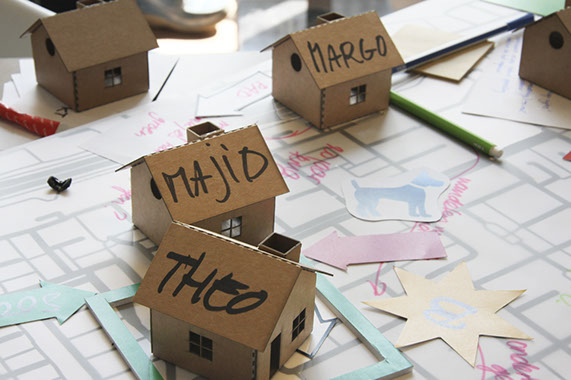
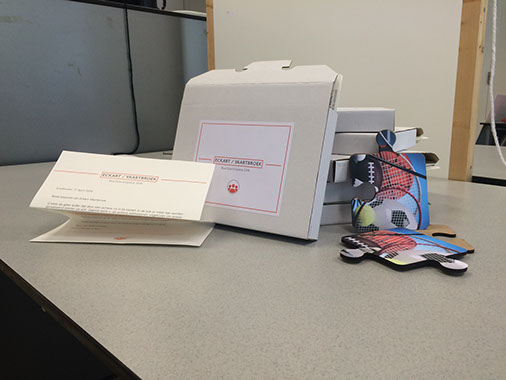
SELF-DIRECTED AND CONTINUOUS LEARNING, USER & SOCIETY, DESIGN & RESEARCH PROCESSES
With this project the aim was to elicit social interaction through design interventions in the neighbourhood of Eckart/Vaartbroek in Eindhoven, The Netherlands. Within this area it was explored how multi-directional learning between students* could result in a design that could facilitate the co-creation of healthy living solutions for the inhabitants. Trough experimenting with engagement catalysers, embodiment and by connecting to a diverse group of people it is possible to come up with solutions for societal challenges. This has led to a final concept called ‘Trigger-Gather-Connect’. This service consists of a three step method that aims at bringing people together by focussing on stimulating reminiscence to think about the future.
This project was the major activity of the semester that would determine my development. It has influenced my identity search in the sense that I could discover how my renewed vision and identity could develop into something that was close to reality. It has also shown my weaknesses when I have to work alone.
Designing for Empowerment towards New Ways of Working
FMP / Project / Individual
BUSINESS & ENTREPRENEURSHIP, USER & SOCIETY, DESIGN & RESEARCH PROCESSES, CREATIVITY & AESTHETICS, SELF-DIRECTED & CONTINUOUS LEARNING
The project started with a defined, personal, design approach based on the three steps of facilitate, engage, and empower (video). While there was already done a lot of experimenting with the first two steps of this approach in previous projects there had not been much focus, consciously, on this empower phase.
By doing research into empowerment theory and experimenting with its notion in projects with clients it became clear that is was not so much about empowering the client but rather about giving them the insights in the process, setting clear goals and define roles and expectations to get to a feeling of ownership.
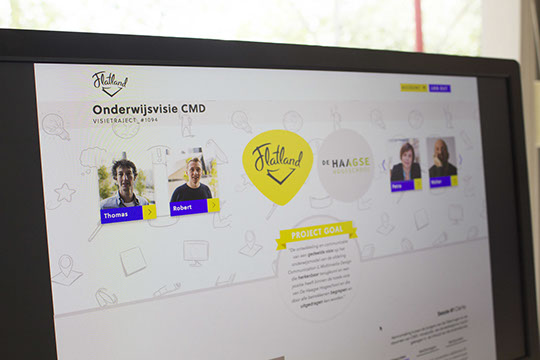
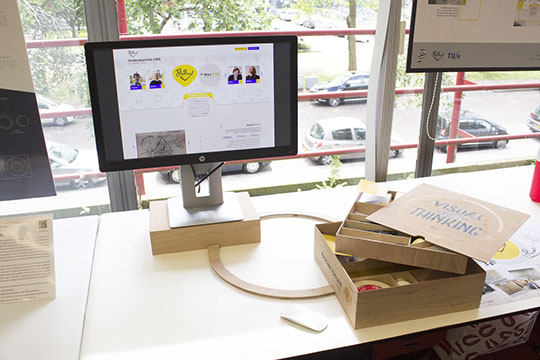
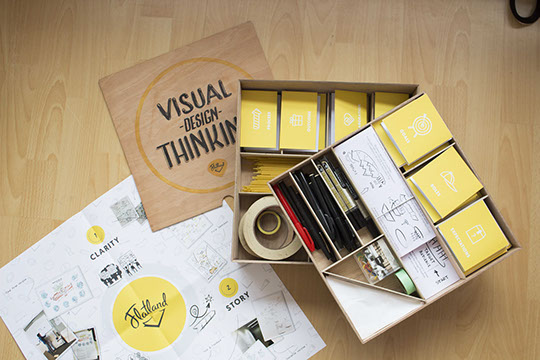

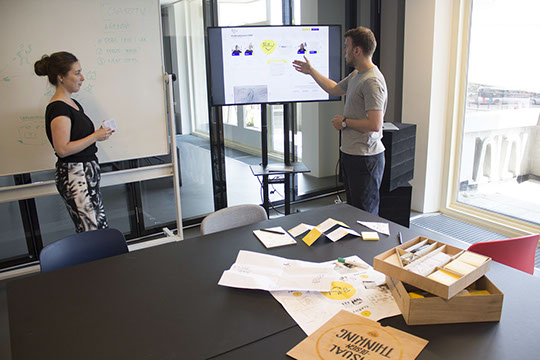
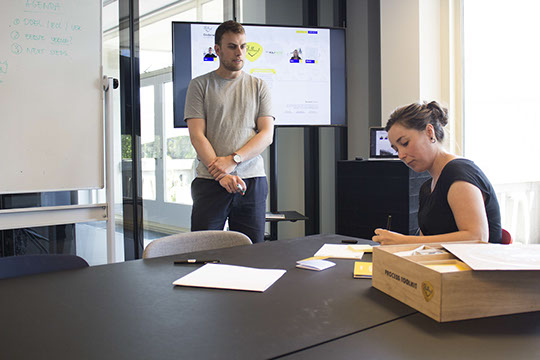
Looking back to the initial design process it makes sense that it it was not so much about empowering the client, since the steps of facilitate and engage were done with JVDT, but rather empowering JVDT with the right tools and frameworks to create space for that ownership in their projects. This fits with the current strategic developments that the company is going through and connects to their observation that in order to help their clients to the best extend they have to pay attention to the content but also to the collaborative dynamics.
Whereas I thought that with this project I would design ‘tools for empowerment’ it is not so much about getting to empowerment (as a goal on its own) but rather me as a designer facilitating a design process that ultimately empowers people to achieve certain goals.
Materiality in Time and Context
M11 / Module / Team
TECHNOLOGY & REALISATION, CREATIVITY & AESTETHICS, DESIGN & RESEARCH PROCESSES, TEAMWORK & COMMUNICATION
With choosing this module I wanted to tap in on my interest in culture by using an explorative approach to push me out of my comfort zone and let me focus on materiality like never before. I hoped to learn how, instead of the other way around, material can influence an interaction and affection. The underlying aim of the module was to learn more about how material choices can add value and meaning related to shape, scale, sensorial properties and how these affects the affordance in interaction with the object. This module we have partly collaborated with students from Radboud University Nijmegen (Creative Studies).During different moments of collaboration we shared our opinions and got feedback through lectures, workshops and e-mail contact.







Although I really appreciated the rich design approach I did notice that the take aways from this elective were very product oriented. This was something that I started to move away from with my own design approach.
Poetry in Design
M12 / Module / Team
CREATIVITY & AESTHETICS, DESIGN & RESEARCH PROCESSES
With choosing this module I wanted to tap in on my interest in culture by using an explorative approach to push me out of my comfort zone and let me focus on materiality like never before. I hoped to learn how, instead of the other way around, material can influence an interaction and affection. The underlying aim of the module was to learn more about how material choices can add value and meaning related to shape, scale, sensorial properties and how these affects the affordance in interaction with the object. This module we have partly collaborated with students from Radboud University Nijmegen (Creative Studies).During different moments of collaboration we shared our opinions and got feedback through lectures, workshops and e-mail contact.
Although I again appreciated the rich design approach I did notice that also with this elective the take aways from this elective were very product oriented. I like how the way of exploring qualities in interaction was done but it alienated from the contexts I wanted to design in.
Design for Behaviour Change

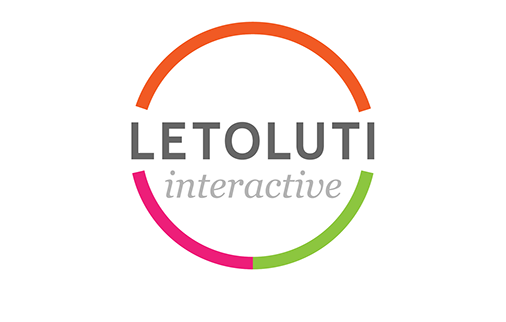
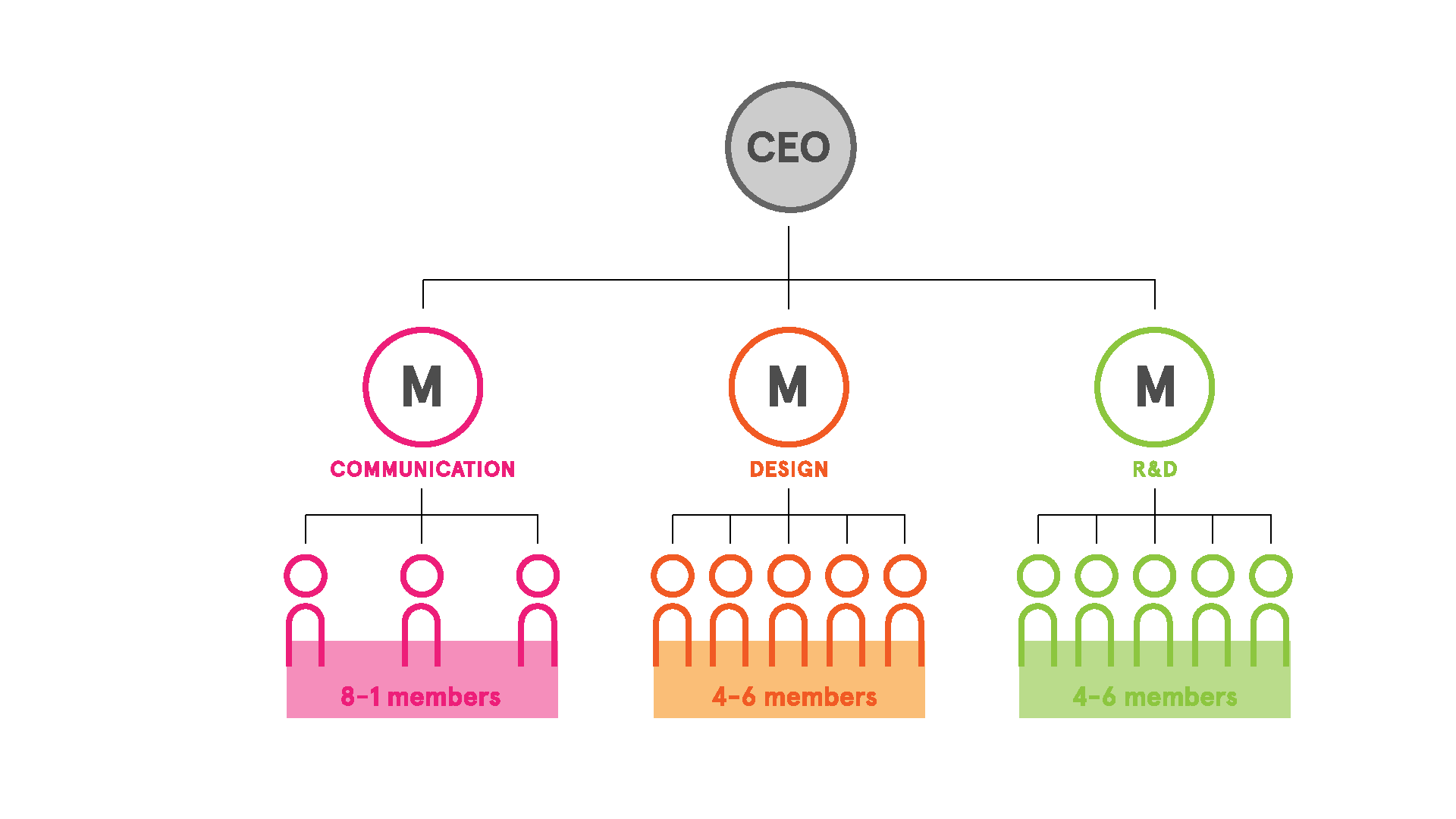
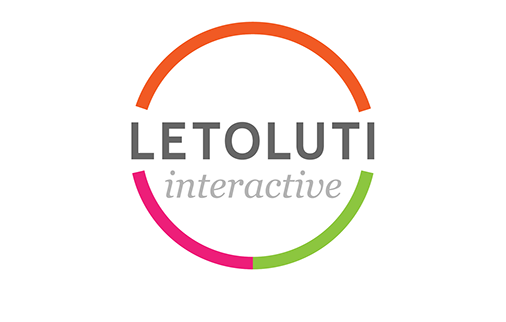

M12 / Elective / Team
USER & SOCIETY, SELF-DIRECTED & CONTINUOUS LEARNING
The overall goal of the design case was to design an intervention that would persuade people to engage in social activities for a sense of bonding and connectedness. In order to do this we wanted to mix communication in a work context of a middle large company.
To do this we came up with a fictional company (LETOLUTI) and a set of persona's to develop a tool based on several theories of behaviour change (self-determination theory) that would stimulate social interaction between colleagues.
.
Through this module I started to see my that I started using theory merely as handhelds for designing but failed to go in depth and analyse the specific effects of the theory.
Mental Models
M12 / Elective / Team
USER & SOCIETY, TEAMWORK & COMMUNICATION,
With this module I wanted to broaden my interest in the workings of the human brain. As I believe psychology is an important aspect of design I wanted to see if my basic knowledge in social psychology could be broadened with new knowledge.
As I state in my reflection I had difficulties with setting boundaries while exploring all the theory. It was very exhausting for me to deal with the complexity and maintain a structure in all the aspects I was discovering during the module. This resulted in a quite broad understanding of the topic but, as the feedback stated, misses a level of depth in the documentation. As can be seen in my growth this is something I have been working on, but since this module was the first of the semester this could not yet be reached.
Luckily I was able to make a connection to the aspects of human centred design and see the value of theory for my own development.

Planning for a Design Start-up
M12 / Module / Team
BUSINESS & ENTREPRENEURSHIP, USER & SOCIETY, DESIGN AND RESEARCH PROCESSES, TEAMWORK & COMMUNICATION
Because the business perspective of design was not my strongest suit it was time for me to start exploring how social design could fit within a sustainable business model. However, I am honest when I say that I had to majorly adapt my expectation of the module once it became known that we would work for Philips in a health and medical context. In this way I could not fully explore the potential of my design identity in regard to concrete business cases.
Luckily the module started with doing a business case analysis of a start-up that was related to a project that could have been done at our faculty. This was followed up by the theory of hypothesis driven entrepreneurship as main theory of the module. With this new knowledge a product of Philips, based on data gathering, could be brought onto the market.
I noticed that during the iterative thinking the very valuable thought processes that result from research and discussions are difficult to communicate to others. Because of this I found it important to focus on clear and visual story during the final presentation. This has resulted in a holistic story but missed the core examples of the concept. It showed me that I have to pay attention to the balance that is necessary in this short timespan in order to touch upon the essential aspects.

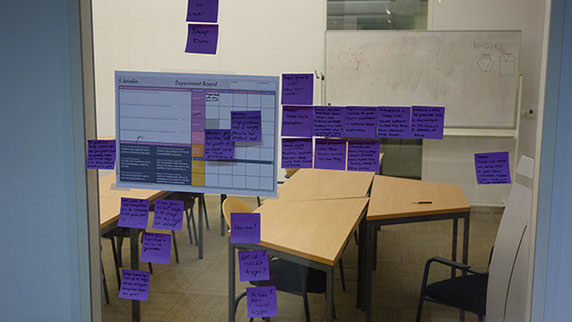

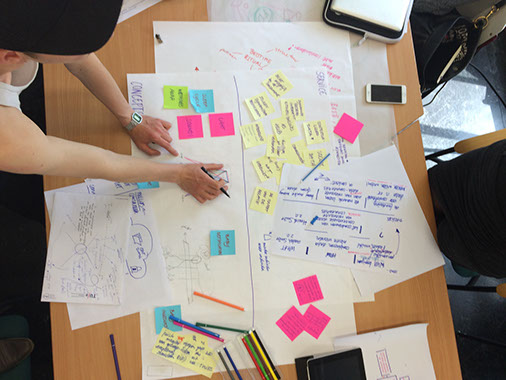
The nice part within this module was that I could work in a team and use my visual skills to quickly develop business concept (canvasses) or make presentations and visualise our ideas. This showed my personal value as a team player.
Designing for Peripheral Interaction
M11 / Module / Team
CREATIVITY & AESTHETICS, TEAMWORK & COMMUNICATION, DESIGN AND RESEARCH PROCESSES
I often did not saw myself as a designer that will create products or services that incorporate a lot of complicated technology and intelligence. What I do find interesting is the psychological abilities people need to have in order to coop with the growing amount of new technologies that become more and more present in everyday life. With this module I wanted to work on my knowledge of the human attention abilities in order to create an understanding of the periphery and centre of attention. In contrast to the other two modules in this semester this module was much more literature driven and required me to derive from knowledge in theory and discussion to assess my activities.
For me the most interesting aspect of the module was that we first had to create an understanding on peripheral interaction so we could assess the explorations we would do later in the module. This was necessary because designing for peripheral interaction contains an element of time that is hard to validate in one week of work. Again I used theory merely as basis to design from but it was very helpful for me.
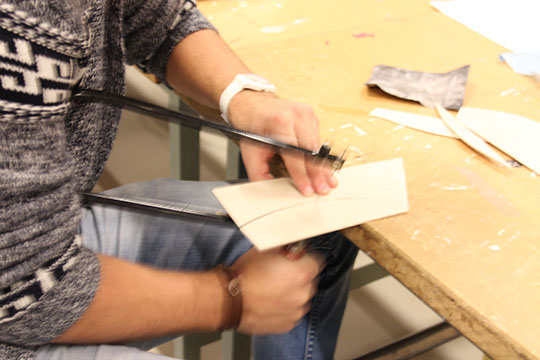

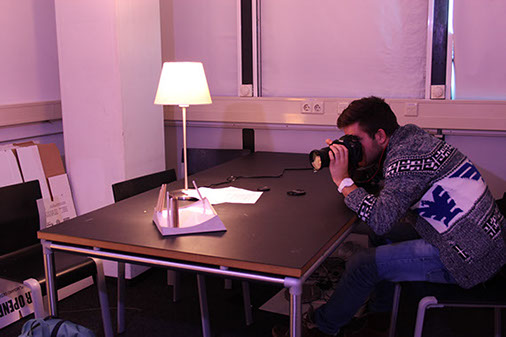

SHOWCASE FMP | 2017
© Copyright 2016. All Rights Reserved.Tom van 't Westeinde
